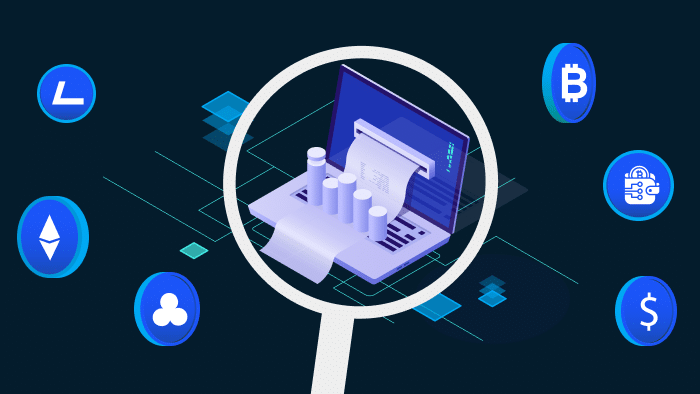SPONSORED POST*
Proof of Reserves is how centralized crypto exchanges can provide customers with the details of their reserves. It helps them to prove that they hold the assets they claim.
Proof of Reserves shows an accurate picture of the reserves of an exchange through the Merkle tree audit method. Merkle tree Proof of Reserves is a structured database that contains the account balance of all the on-chain wallet addresses. Using this data, the users can verify if the exchanges hold enough assets. Thus, PoR does promote transparency but “Partially.”
The exchanges conduct a proof of reserves audit once or twice a year. So, the exchange throughout the year is not guaranteed to hold the reserves. The reserves might be misused once the audit is done. Once the snapshot is taken, the funds can be transferred to other wallets. Fraudulent exchanges might borrow funds to pass the audit and return the funds once the audit is done. The problem with this method is the need for Proof of Liabilities. Even if the exchange has 1:1 backing for all the cryptocurrencies or even more, the firm’s liabilities mustn’t exceed the assets.
Issues Arising When Liabilities Exceed Assets
If the liabilities are in the form of loans, the creditors will have the priority to access funds if the exchange files for bankruptcy. If the assets are only sufficient to recover the funds of large creditors, then the individual users are at risk of losing their funds. Furthermore, if the exchanges misuse users’ funds to clear their liabilities for any reason, it risks insolvency.
Vauld, BlockFi, Celsius, Gemini Earn, Genesis, and FTX are the exchanges with a history of pausing withdrawals, therefore resulting in locking users’ funds. There are chances that the exchange might pause the withdrawals for a certain period. This can cause chaos amongst the users as there is no guaranteed time frame to increase liquidity.
Proof of Liabilities is as essential as Proof of Reserves. In most exchanges that pause withdrawals, users can still not determine if they will recover their funds. Therefore, the exchange must have more reserves than its liabilities.
What is Essential for a Proof of Reserves Audit?
A reasonable Reserves to Liabilities ratio is essential for the safety of customer funds. The Reserves to Liabilities ratio is calculated by dividing Total Assets Owned (on/off-chain) by Total Liability and Contingencies.
Jesse Powell, the CEO of Kraken, has shown concern over the same issue. He further suggests that a Proof of Reserves audit must have the following:
- Sum of client liabilities.
- User-verifiable cryptographic proof that each account was included in the sum.
- Signatures that prove the custodian has control of the wallets.
The PoR only provides in-time attestations, but it does not show the source of the funds. Exchanges may borrow the funds to pass the audit, and once the audit is conducted, they will transfer the funds. Hence wallet addresses of the exchange are also necessary for the users to verify the source of all the cash flows.
How frequently are Proof of Reserves updated?
The audit of a firm takes place annually or semiannually. Some exchanges provide real-time verification on their websites for the users to check the proof of reserves balance.
Hence, a PoR audit provides transparency in the form of Proof of Reserves; however, the solvency problem persists. Exchanges also need to provide Proof of Liabilities, and only a reasonable Reserves to Liabilities ratio can ensure the exchange’s solvency.
*This article has been paid. The Cryptonomist didn’t write the article nor has tested the platform.



